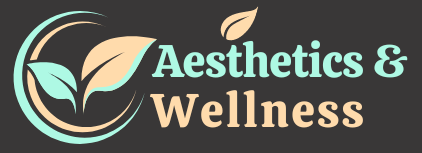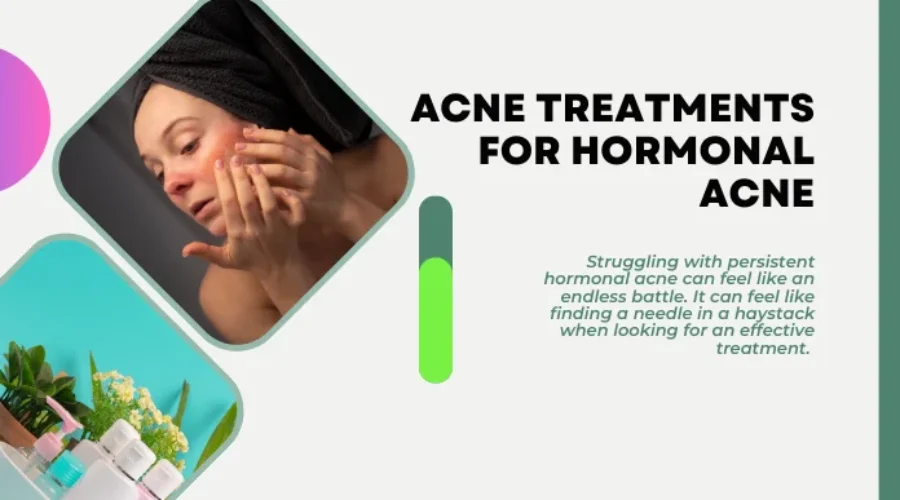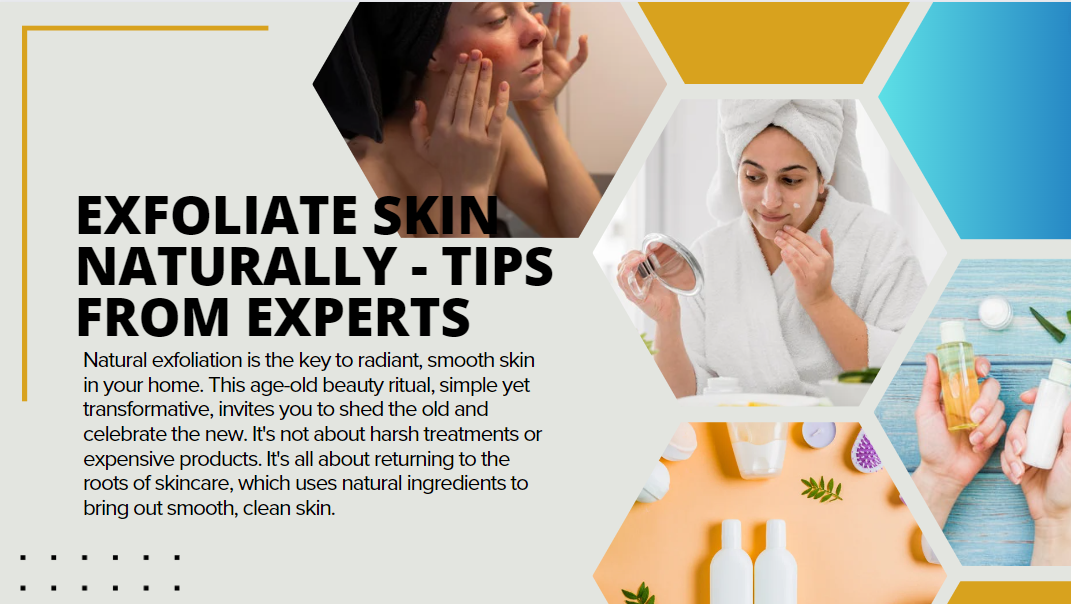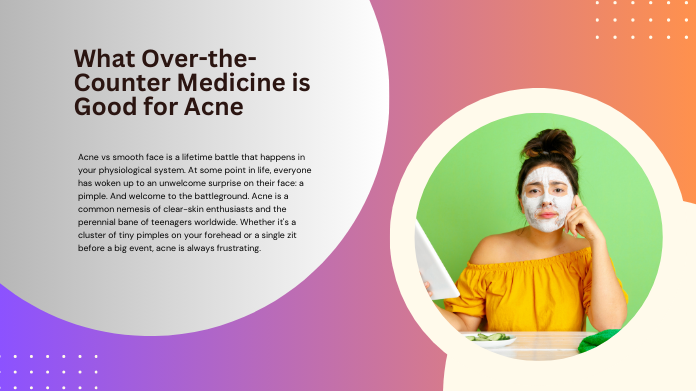Acne Treatments for Hormonal Acne
Struggling with persistent hormonal acne can feel like an endless battle. It can feel like finding a needle in a haystack when looking for an effective treatment. The emotional toll of dealing with recurring breakouts can be exhausting while trying countless products and remedies without success. That can lead to feeling discouraged and self-conscious about your skin.
It’s important to remember that you’re not alone in this struggle. Hormonal acne affects a large population, and many have successfully overcome similar obstacles. Researchers also continue to uncover new strategies for combating hormonal acne. In this article, we will talk about essential things you should know regarding hormonal acne. We will also provide some tips to help you win this battle against hormonal acne.
What is Hormonal Acne?
Hormonal acne is a type of acne that is caused by hormonal fluctuations. It often occurs during puberty, before menstruation, during pregnancy, and at menopause. The fluctuation in hormones such as estrogen, progesterone, testosterone, and other androgens can lead to the development of hormonal acne. Breakouts on the lower face, jawline, and neck often characterize this type of acne.
Causes of Hormonal Acne
Sebum Production: The skin’s oil glands produce an oily sebum, essential for maintaining skin health. However, hormonal fluctuations, particularly androgens such as testosterone, can stimulate these glands to overproduce sebum. Excessive sebum can combine with dead skin cells and block hair follicles. It creates an ideal environment for acne-causing bacteria to thrive and develop acne lesions.
Stress Hormones: When the body experiences stress, it releases hormones such as cortisol and adrenaline in response to the perceived threat. These stress hormones can trigger the skin’s oil glands to produce more sebum.
Puberty and Adolescence: During puberty, the body undergoes significant hormonal changes, which can result in hormonal acne. The surge in androgen production during this time often leads to an increase in sebum production, contributing to acne development.
Menstrual Cycle: Many women experience hormonal acne during specific phases of their menstrual cycle due to fluctuating hormone levels. Pre-menstrual hormonal changes can lead to increased oil production and subsequent acne flare-ups.
Pregnancy: Pregnancy-related hormonal shifts can also trigger hormonal acne. Fluctuations in estrogen and progesterone levels during pregnancy may contribute to the development of acne.
Menopause: Women going through menopause may experience hormonal fluctuations that can lead to the onset or exacerbation of hormonal acne. The decrease in estrogen levels relative to androgen levels may contribute to the occurrence of acne during this stage.
Symptoms of Hormonal Acne

Specific Patterns: Hormonal acne often appears around the chin, jawline, and lower face, following a recurring pattern related to hormonal fluctuations.
Painful Cysts: Hormonal acne may form deep, painful cysts under the skin, making it harder to treat and possibly scarring.
Recurring Breakouts: Hormonal acne follows a cyclic pattern, with breakouts occurring in the same areas throughout hormonal cycles or periods of increased stress.
Sudden Onset: Some individuals may experience hormonal acne during adolescence. Others may notice its onset later in life due to hormonal imbalances caused by factors such as pregnancy or menopause.
Emotional Impact: It may contribute to emotional distress due to its persistent nature and potential effects on self-esteem and confidence.
Diagnosing Hormonal Acne
Thorough Skin Examination
When diagnosing hormonal acne, dermatologists typically conduct a comprehensive skin assessment, taking note of the pattern and severity of breakouts. They may also inquire about menstrual irregularities in females or signs of hyperandrogenism in both males and females.
Hormonal Testing
When considering the possibility of hormonal acne, it is advisable to undergo blood tests to assess hormone levels. These tests can measure testosterone, estrogen, and progesterone to identify any potential imbalances that might be playing a role in the development of acne.
Evaluation of Medical History
When evaluating a person’s health, doctors frequently consider their medical history. This helps them identify any pre-existing conditions that could contribute to hormonal imbalances or worsen acne symptoms.
Differential Diagnosis
It is important to note that various diseases may present with symptoms similar to hormonal acne, such as polycystic ovarian syndrome (PCOS). Therefore, healthcare specialists will thoroughly examine and perform diagnostic tests to rule out other contributing factors.
Assessing Lifestyle Factors
Alongside medical assessments, lifestyle and stress assessments can help identify hormonal shifts that cause acne. Factors such as diet, sleep patterns, stress levels, and skincare habits might also be evaluated during diagnosis.
Hormonal Therapy for Acne
Hormonal therapy is a treatment approach for acne that targets hormonal imbalances contributing to breakouts. This type of therapy is commonly prescribed for individuals with hormonal acne, particularly women with noticeable fluctuations in hormone levels.
Prescription Medications
Hormonal therapy commonly involves the use of prescription medications such as oral contraceptives or anti-androgen drugs. These medications address hormonal imbalances by regulating hormone levels, which can contribute to increased sebum production and acne development. Targeting these hormonal factors aims to reduce sebum production and decrease the severity of acne breakouts.
Oral Contraceptives
Certain birth control pills containing estrogen and progestin components work to regulate hormone levels in the body. By doing so, individuals can actively contribute to minimizing the impact of estrogen on their sebaceous glands. This, in turn, can result in a decrease in oil production and an improvement in acne symptoms as time progresses.
Anti-Androgen Medications
In situations where oral contraceptives are not suitable or effective, healthcare providers may prescribe anti-androgen medications. Androgens stimulate the sebaceous glands in the skin to produce oil, and an excess of oil can lead to clogged pores and acne flare-ups. Anti-androgen drugs work by blocking the effects of androgens on the skin. It consequently decreases oil production and helps prevent the formation of acne.
Individualized Approach
Hormonal therapy for acne is often personalized based on an individual’s specific hormone profile and medical history. When it comes to hormonal treatments, it’s crucial to take into account various factors such as age, reproductive status, and potential side effects. These considerations are vital in determining the most suitable treatment options for individuals.
Combination Therapy
In some cases, healthcare providers may recommend combining hormonal therapy with other acne treatments, such as topical medications like retinoids. This approach aims to provide a comprehensive approach to managing hormonal acne. This multifaceted approach addresses both hormonal reasons causing acne and skin changes, promoting more effective and holistic acne care. Regular follow-up sessions allow doctors to evaluate therapy efficacy, monitor side effects, and make necessary adjustments to optimize results.
Traditional Treatments for Hormonal Acne
Over-the-Counter Topicals: These products contain active ingredients such as benzoyl peroxide or salicylic acid, which can help to reduce acne breakouts. They work by unclogging pores, reducing inflammation, and combating acne-causing bacteria. Consistent use according to the manufacturer’s instructions is vital for best results.
Natural Ingredients: Certain natural ingredients, such as tea tree oil, witch hazel, and aloe vera, have been discovered to have antibacterial and anti-inflammatory properties. These properties may potentially assist in reducing the symptoms of hormonal acne. However, performing a patch test before using natural remedies is crucial to ensure they do not cause irritation or allergy.
Non-Comedogenic Products: Opting for non-comedogenic skincare and cosmetic products is beneficial for individuals with hormonal acne. These products are specifically formulated not to clog pores, reducing the risk of exacerbating acne breakouts. When selecting products such as cleansers, moisturizers, or makeup, choosing non-comedogenic options can support the overall management of hormonal acne.
Conclusion
Managing hormonal acne requires understanding its connection with hormone imbalances and their impact on skin health. Traditional treatments for hormonal acne offer a range of practical options for managing this common skin condition. However, modern treatments can also show effective results against hormonal acne. By integrating both approaches, you can find out which works for you better. Remember to consult with a dermatologist whenever you need an alteration in your treatment or face any kind of side effects.



